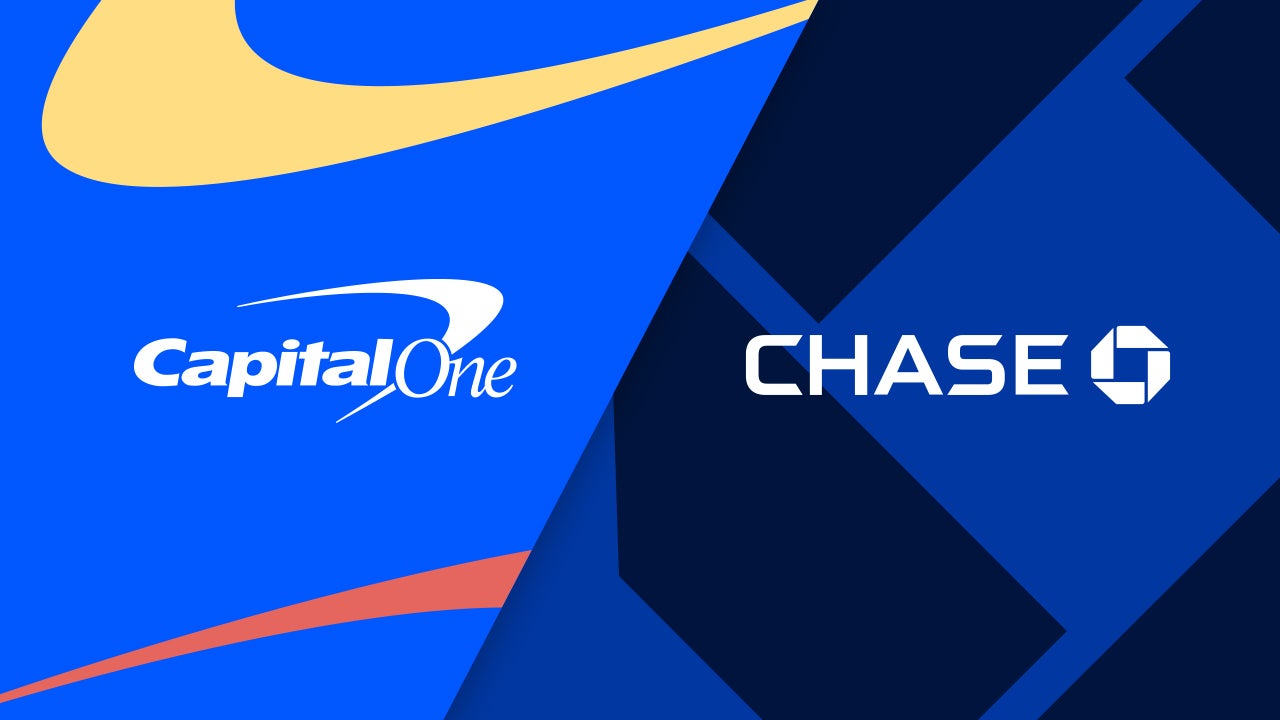529 vs. UTMA/UGMA: What are the differences and which is better?

Key takeaways
- There are a few different ways to pay for your child’s education, including 529 plans and custodial accounts, like UTMAs and UGMAs.
- Both 529 plans and custodial accounts offer parents and guardians a way to save and invest for future educational needs, but they operate very differently.
- Custodial accounts like UTMA and UGMA have a greater impact on financial aid implications, because having one can hurt the chances of receiving financial assistance for college.
- A 529 plan has amazing tax benefits, but it’s much less flexible when it comes to how the money gets spent and who can spend it.
How 529, UTMA and UGMA accounts work
When considering how to fund a child’s college education, many parents turn to an obvious place: a 529 account. But there are other types of investment accounts you can use to save money for future educational costs. While they may have similar purposes, they aren’t quite the same.
How a 529 plan works
- A 529 plan offers tax advantages for saving and the ability to invest in potentially high-return assets.
- Savings plans are different from prepaid tuition plans. The latter allow you to pay for college credits at today’s costs, rather than when your child starts college, when prices are expected to be much more.
- Withdrawals are tax-free as long as they are spent on qualifying educational expenses.
- Earnings are also tax-free, and depending on where you live, you might qualify for a state tax deduction.
- If your child decides not to go to college, you can transfer the account to another child or member of your family for educational funds.
- Using the money on non-educational expenses results in a 10 percent tax penalty.
How UTMA/UGMA accounts work
- Custodial uniform transfer to minors accounts (UTMA) and uniform gift to minors accounts (UGMA) are custodial accounts that give minor children the ability to save and invest.
- These are not strictly educational accounts and funds don’t have the same restrictions as 529 plans.
- There are more tax implications for children with custodial accounts and you might have to pay taxes on capital gains, dividends and interest.
- Custodial accounts have a higher impact on financial aid, because these accounts can limit how much a child earns in federal, state and local scholarships and grants.
529 accounts vs. UTMA/UGMA accounts
Both UTMA and UGMA accounts are custodial taxable investment accounts. The major difference between these accounts is the type of investments and assets allowed in the account. UGMAs allow minors to own securities while UTMAs give minors access to owning other types of assets, like real estate or transferring inheritances into their name.
| 529 plans | UTMA/UGMA accounts |
|---|---|
| Contributions are taxed, but money grows tax-deferred. | No limit on contributions and special tax rate applies since the child legally owns the account. |
| Withdrawals are tax-free as long as they are spent on qualifying educational expenses for K-12 or college. | Tax rate is lower since the account is owned by the child. |
| Plans are owned by parents, grandparents, or guardians, not by minor children. | Plans are owned by the minor child but run by the parent of the child. |
| Low impact on financial aid eligibility because of plan ownership. | Accounts are owned by the child/student, which could hurt financial aid eligibility. |
| Can change beneficiary but non-educational expenses result in tax penalty. | Can’t switch beneficiaries. |
Pros and cons of 529 accounts
Pros
- Tax-deferred growth. Inside a 529 plan money can grow without paying taxes on it.
- Potentially high-return investments. Money in a 529 can be invested in high-return investments such as stocks and stock funds, allowing the money to grow faster.
- Tax-free withdrawals for education. Withdrawals from the account are tax-free as long as they’re used for qualified educational expenses.
- A plan’s beneficiary can change. If someone else needs to use the plan, the beneficiary can change over time, meaning the plan could work for multiple kids or even an adult who wants to go back to school.
- State tax deduction. Some states offer additional reductions on your state income tax if you put money away in a 529 plan.
- Student loan repayment. A 529 allows funds to be used to repay student loans, up to $10,000 for the beneficiary and up to $10,000 for a beneficiary’s siblings. But check your state’s laws to be sure repayments qualify as tax-free.
- Reduced impact on financial aid. A 529 plan isn’t owned by a child, so this kind of account, if it’s owned by parents, has a lesser effect on financial aid eligibility as measured by the Free Application for Federal Student Aid (FAFSA).
- Rollover to a Roth IRA. The rules around 529 plans changed with the 2022 SECURE Act 2.0. A plan that has been open for at least 15 years can be rolled over into a Roth IRA for the beneficiary, up to $35,000 in a lifetime.
- More education options. A 529 plan can also be used to pay tuition for private K-12 schools for younger children, as well as apprenticeship programs.
Cons
- Somewhat inflexible. While the beneficiary can be changed over time and any money rolled over into a Roth IRA, you may run into some issues if the money can’t be used. If not, it must be withdrawn and you’ll owe taxes on the earnings, plus a 10 percent penalty.
- Grandparent penalties. A 529 plan owned by grandparents historically hurt a student’s financial aid chances even more than a parent-owned account. However, the rules are changing for the 2024-2025 award period and won’t require grandparents to report their financial assistance.
- Limited spending categories. A 529 plan limits qualified expenses to costs that are very closely tied to education, and even some expenses that may seem like they’re tied to education won’t qualify.
Pros and cons of UTMA/UGMA accounts
Pros
- Flexibility in investments. A custodial account can flexibly invest in high-return assets such as stocks and stock funds with a brokerage or with more traditional assets such as CDs at a bank. A UTMA account can also invest in real estate and other property.
- Lower child tax rates. Moving money to a minor child’s account makes the tax burden on earnings lower than if the money were held with the parent, including some tax-free earnings and a lower initial tax rate.
- Money can be rolled into a 529. A UTMA/UGMA account can still be rolled into a 529 plan later on, if that makes more financial sense.
Cons
- Greater impact on financial aid. Because they’re held in the name of the child, UTMA/UGMA accounts hurt financial aid eligibility more than comparable 529 plans.
- The child gets money when they are of age. When the child reaches the age of majority, often 18 or 21 depending on your state, the money becomes theirs, meaning it may not be spent as intended.
- Transfers are irrevocable. Once a transfer is made, it cannot be undone and it belongs to the minor child. Money cannot later be transferred to anyone else.
Should I choose a 529 or UTMA/UGMA account for my child’s education?
Times to choose a 529
A 529 account and UTMA/UGMA accounts both offer some distinct advantages, but a 529 plan really provides a lot of extras. You may want to choose a 529 plan when:
Times to choose an UTMA/UGMA
The limitations of a 529 plan might be holding you back from opening an account. You may want to choose UTMAs or UGMAs when:
Other alternatives to a 529 plan
While a 529 plan is one way to save for college, there are other ways you can stash money away for the future, including:
- Roth IRAs. Roth IRAs are usually used for retirement, but have a lot of flexibility for how to save, earn and spend money. If you use Roth IRA funds towards qualified educational expenses, you won’t face a tax penalty. But unless the account holder is 59 ½ years of age or older, withdrawals aren’t exempt from income tax. These accounts can also impact financial aid eligibility.
- Brokerage account. Traditional brokerage accounts don’t have a set requirement that you need to use withdrawals for education-related expenses like 529 plans do. You have more investment options and flexibility without contribution limits, but you’re on the hook for paying taxes on capital gains compared to 529 plans.
- High-yield savings account. You can use a high-yield savings account (HYSA) for anything, whether it’s a rainy day fund or future education. There are fewer limitations with HYSAs compared to 529 plans, but interest is taxable for HYSAs, which means you could face owing more when tax season comes around.
Bottom line
As a specialized account, the 529 account offers a range of extra benefits that a UTMA or UGMA can’t really offer, while not suffering from some of the same drawbacks. Recent changes to 529 plans have made them more flexible than ever, offering even more use cases.
— Dori Zinn contributed to an update of this article.
Why we ask for feedback Your feedback helps us improve our content and services. It takes less than a minute to complete.
Your responses are anonymous and will only be used for improving our website.






